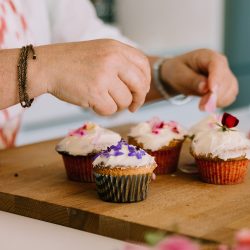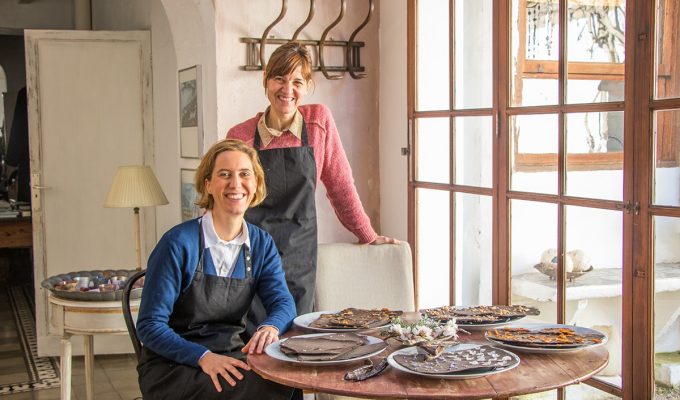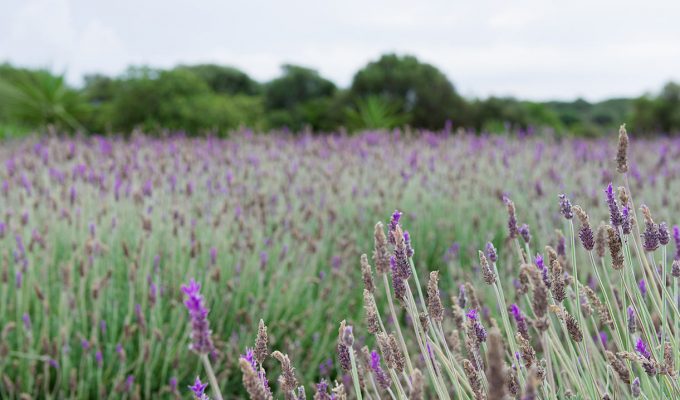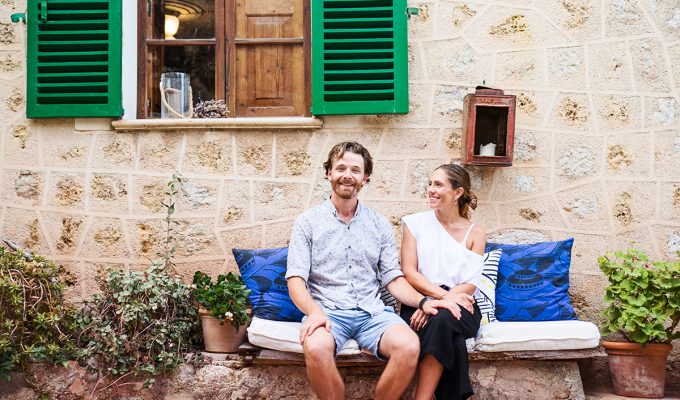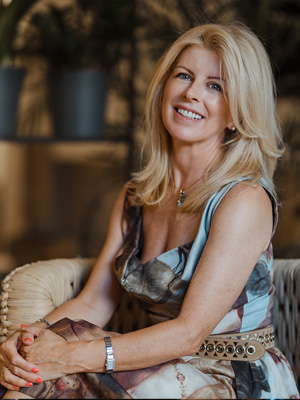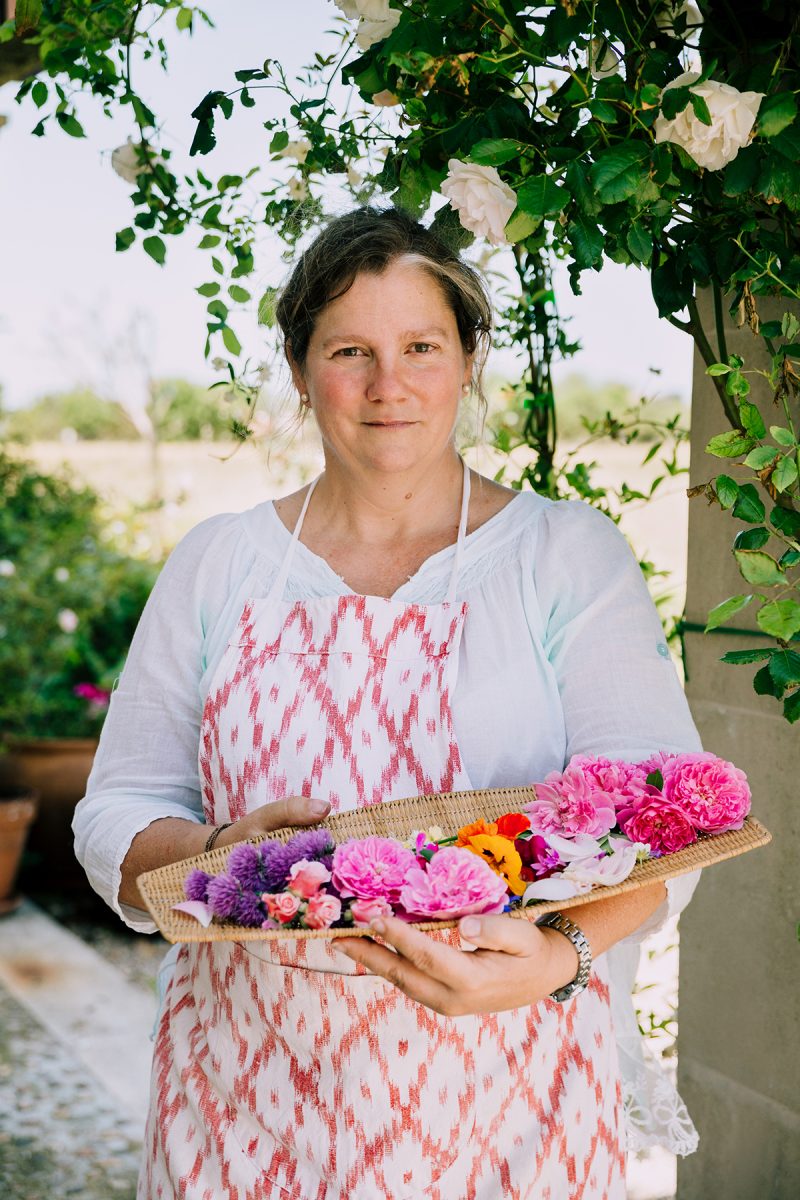 If you are a gourmand living in Mallorca, chances are you’ve shopped at the Santa Catalina market. You may also know that if you seek heirloom vegetables, a certain purveyor in the market sells fragrant misshapen tomatoes for bruschetta in the summer months and juicy blood oranges in the winter.
If you are a gourmand living in Mallorca, chances are you’ve shopped at the Santa Catalina market. You may also know that if you seek heirloom vegetables, a certain purveyor in the market sells fragrant misshapen tomatoes for bruschetta in the summer months and juicy blood oranges in the winter.
But what are the island’s chefs lining up for early in the morning? Heirloom varieties of edible flowers – delicate pale yellow miniature roses, deep purple violas, and blue star-shaped borage – not just for their decorative plating appeal or for floral arrangements, but for their flavours.
When asked which famous chefs on Mallorca use her flowers, Heidi Gobel of Heidi’s Herbs (the green fingers responsible for cultivating the flowers) blushing, laughs: “I better not say.” When asked how to use them, Gobel’s face lights up and she reveals an encyclopaedic knowledge of flowers and their properties. Pastas finished with wild fennel flowers, omelettes with tender purple garlic buds, and lamb with spicy rosemary petals, to name just a few. “I let everything go to seed in my garden. The flowers of sage, brassica, and rocket have the same properties as the leaves, just more delicate in flavour. I will only sell flowers that taste good. No daisies, no dandelions. You can eat tulips, but who wants to eat a tulip?”
Heidi’s passion for flowers and their alchemy in both cooking and healing can be traced back to a childhood spent in the semi-tropical ‘Mist Belt’ of South Africa. The high rainfall and humid climate made it ideal for growing. Gardening and cooking were “part of the home culture” and the palate was sophisticated. There is a rich diversity of flavours in South African cooking, due in part to the Indian immigrants who went to South Africa to work on sugar cane farms and brought with them curries and spices.
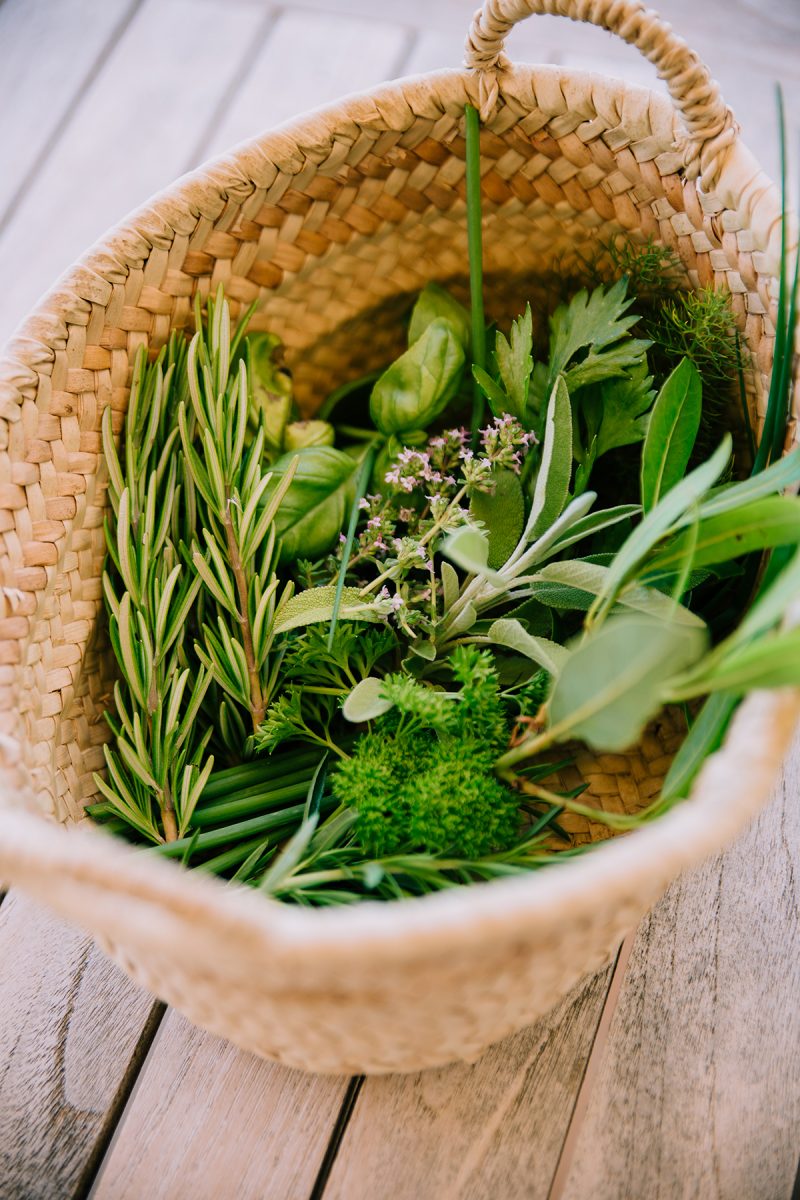 The indigenous Cape Malays also use fruits and unusual foraged ingredients in their cuisine. From this, Heidi developed an understanding of flavours and an environmentalist’s vision for her garden.
The indigenous Cape Malays also use fruits and unusual foraged ingredients in their cuisine. From this, Heidi developed an understanding of flavours and an environmentalist’s vision for her garden.
She has her own well and is mindful of water consumption. She is also registered as ‘Biodynamic’ for her flowers, which is no easy task in Mallorca.
Her flowers are all grown in organic soil with no pesticides in her own 70-square-metre garden in Binissalem. She cultivates them herself from heirloom seeds and has developed her own seed bank, harvesting her seeds from heirloom plants. Heidi plants wild fennel and wild garlic as they grow in nature, recreating a rocky terrain, and practises companion planting – pairing flowers that grow well together. Most commercial flowers are sprayed and grown in soil that is full of chemicals, so Heidi emphasises the importance of making the distinction that, while they may be edible in theory, you should not eat commercially-grown flowers.
Her interest in flowers for their healing properties is deeply personal and developed at a very young age. Her mother became ill with multiple sclerosis when Heidi was a child, and she was in hospital for eight years being treated primarily with cortisone, which had negative side effects. She eventually lost her eyesight from the condition. Heidi began looking into plant remedies with healing properties for her mother and discovered that borage is a natural cortisone. It also turns out that nasturtium is one of the greatest anti-cancer plants and the phytochemicals in flowers – as well as giving petals their colour – can have great nutritional value. But many flowers used medicinally in teas and tinctures are bitter.
There are more than 100 types of lavender, but Heidi only grows the fragrant tender varieties, excellent for lamb, shortbread, milks, and ice creams. Her Pinterest boards are extensive recipes for everything from lemon oils and chive vinegars to chef plating techniques. Heidi worked as a chef for eight years on yachts, hence her intimate knowledge as to how her flowers can be used in cooking. Dinner at her house, as you can imagine, is nothing short of exquisite. When not cultivating David Austin roses and heirloom begonias, Heidi rallies her three children to clean up beaches. She sees her garden and her flowers as having a ripple effect, and has a ‘world consciousness’ that permeates her business and her life – she is mindful of every aspect of her flowers’ cultivation, growth, and sale. For her “gardening is a passion project,” Heidi says, earnestly. “It takes daily care and maintenance… and green fingers, which I got from my grandmother!”
